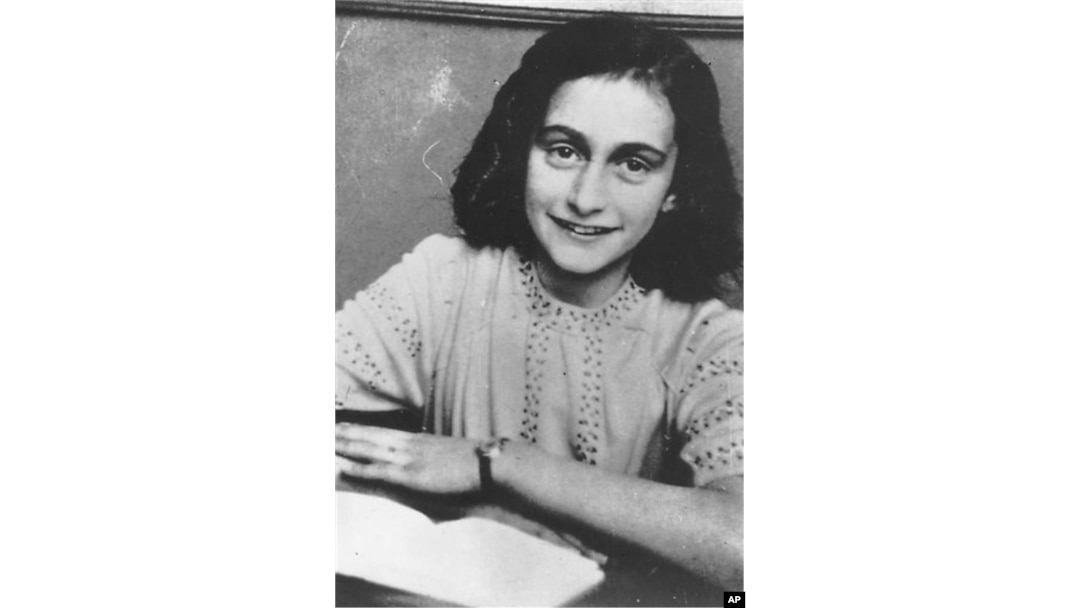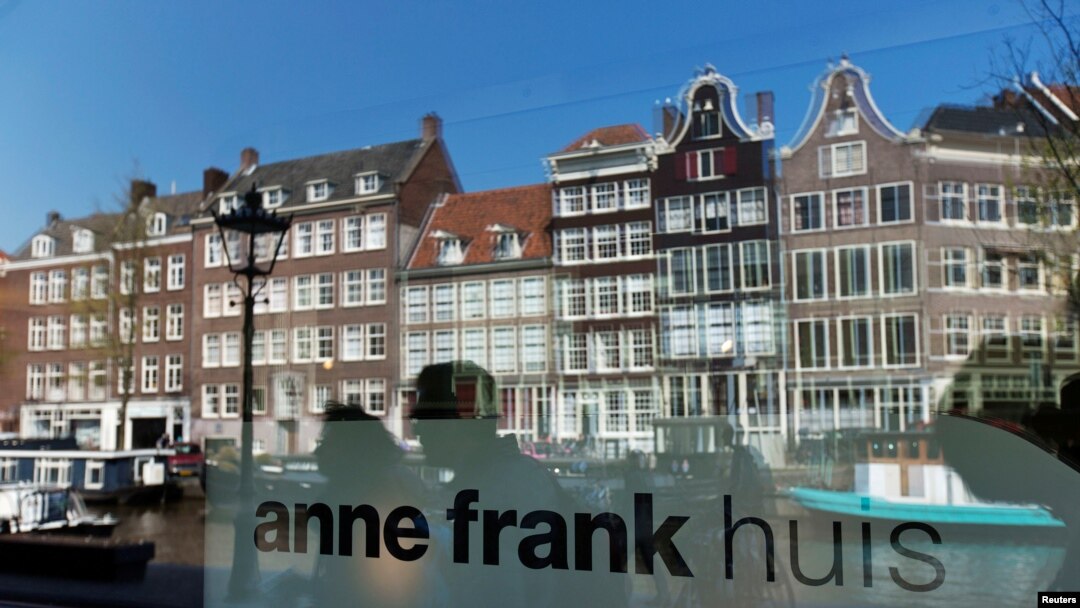Dutch museums on Tuesday published two pages of Anne Frank's diary that had previously been hidden behind a layer of sticky brown paper.
The Anne Frank House Museum said at a presentation that it, and several Dutch historical institutes, were able to reproduce the lost pages after years of study by shining a light through them and photographing them in high resolution.

FILE - This is an undated photo of Anne Frank from the Anne Frank Center, USA. (AP Photo/Anne Frank Center)
The Jewish teenager apparently covered up the pages because she worried that other people in her hideout would read them, as they contain a series of dirty jokes and her thoughts on sex education, said Ronald Leopold, director of Anne Frank House in Amsterdam.
Frank and her family hid from the Nazis in a secret annex in a house in Amsterdam during World War II but were discovered in 1944.
She died aged 15 at Bergen-Belson concentration camp in 1945. Her diary was published two years later and has been read worldwide and translated into at least 60 languages.





